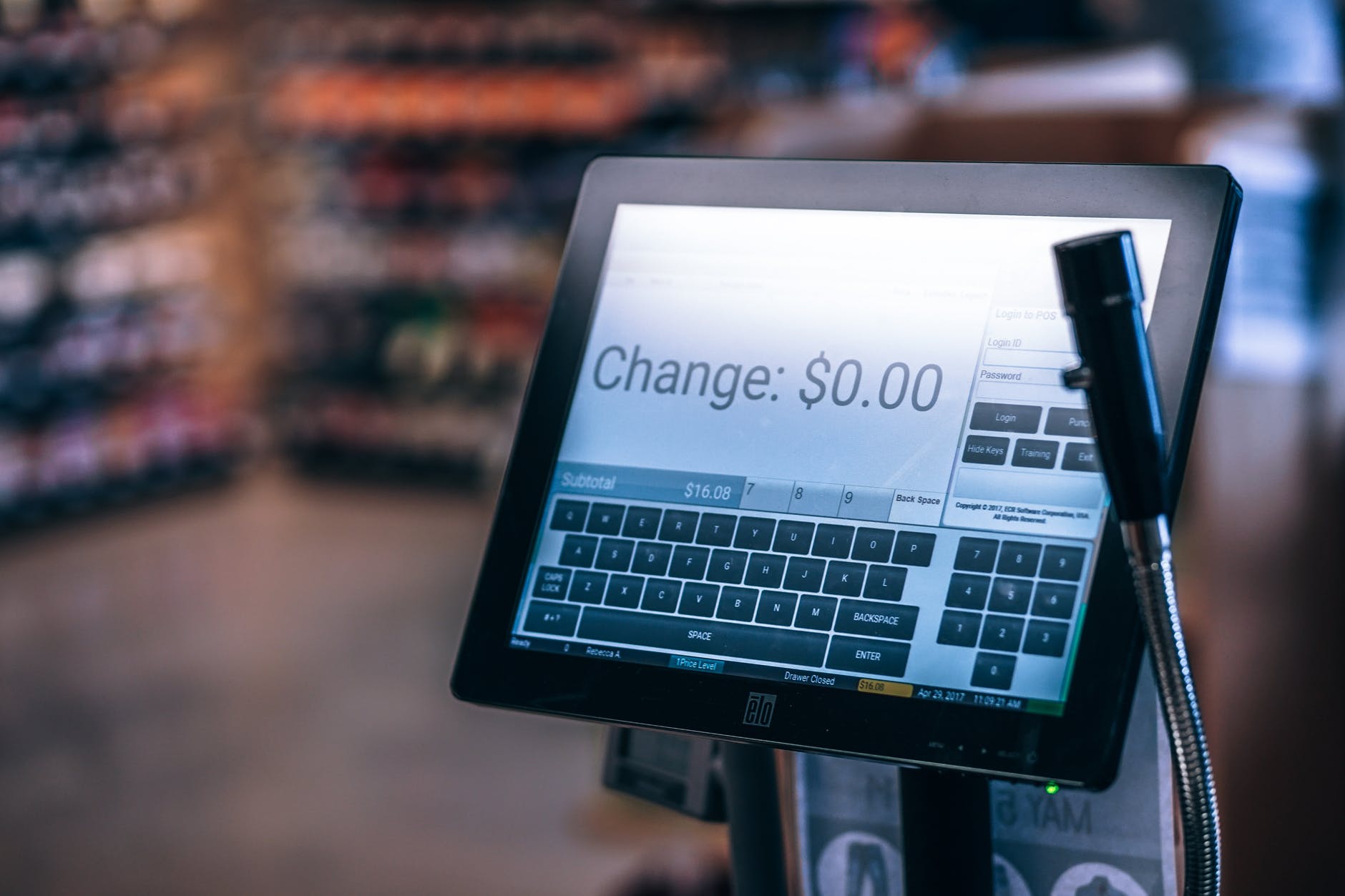Digital kiosks are rising in popularity as both touchscreens and the processors to power them become more available and more user-friendly. Businesses can now fairly cheaply design and implement a touch-screen kiosk in nearly any area of business, offering self-help, self-service, and information for visitors and customers alike.
This has become especially popular in industries benefiting from 24/7 service, where kiosks serve to supplement people working and to provide service even when regular customer service is out-of-office.
If you’re considering installing digital kiosks, there’s a lot you can do. These tips will help you make the most of them, so you see the most return on value and offer the most to consumers.
Link to web shops and web portals
Digital kiosks allow customers to access data with a touchscreen or keyboard, but it shouldn’t stop there. In any instance where customers can access data such as forms, appointments, purchase items, or subscriptions, the kiosk should link through to the web portal and allow the user to complete the action.
This means self-service kiosks in retail shops should enable in-store online purchases from the kiosk, to either be delivered to their home or picked up at a service desk in the store. This will drive immediate return on value, because it helps to close sales before customers leave the retail environment.
In other environments, linking to actual sales and action pages adds just as much value. Allowing customers to make and pay for reservations at a kiosk pushes to close a sale before they leave. Allowing customers to order trim and style or body options for a vehicle while looking through options increases the chances of making those sales.
And, enabling customers to simply sort through options and make their own appointments takes the burden off customer service and reception, especially in industries like healthcare, where there’s often more demand for reception services than receptionists.
Make information dynamic
Digital kiosks make it easy for customers to help themselves, whether they’re looking for information, directions, or to make a purchase. However, if your kiosks are using a closed system, this information will very quickly go out of date.
Dynamic information, updated in real-time using context-driven rules, ensures any information on your kiosk stays up-to-date. This can take many forms depending on your industry, but a few applications might include:
- Updating inventory in real-time to only show in-stock products on menus or web shops
- Dynamically changing directories as residency, patients, or hours change
- Updating wayfinding directions to reflect traffic, out-of-service escalators, gate changes, etc.
- Changing prices in real-time
Dynamic information is relatively easy to set up and share with the right digital signage software. Here, you want to look for solutions that offer automation and real-time updates as well as compatibility with your databases and file sources.
Supplement customer service
Self-service kiosks offer value nearly anywhere but they often shine in areas where customers can choose either self-service or a human assistant. Banks, waiting areas, hotels, events, auto-retailers, food retailers, ticketing areas, and anywhere else that can install a self-service kiosk should place them in areas where they can supplement rather than replace human assistance.
Here, it may also be valuable to include buttons to request human assistance in the kiosk. If someone can push a button and get human help, even over chat, they’ll always have options.
While kiosks can and do replace customer service and support, many people still prefer human support. Some people also have questions or requests that need human assistance.
Kiosks can reduce the demand on customer service, speed up queues, and allow individuals who prefer to help themselves to do so. However, they won’t ever replace the ability of a human to go “I can help you with that.”
Collect customer data
While kiosks provide a great deal of value in terms of customer convenience and reducing load on customer service, they also offer value to organizations in the form of customer data. Your kiosks interact with customers in ways receptionists and customer service never will. They can collect user data, data usage patterns, requests, searches, and much more.
In short, digital kiosks create a complete digital trail for every customer interaction, which can help you gauge the efficacy of digital marketing, streamline options at the kiosk, and update solutions across your organization.
If people frequently search for solutions that aren’t there or that aren’t prioritized, you could make changes to fix that.
While the value of data collected from kiosks will vary depending on volume of use and type of use, it will likely offer insight into how, when, and why customers access kiosks and what they look for when they do.
Offer Personalization
Kiosks allow you to offer personalization to recurring customers, to individuals based on demographic, and items already selected. Customers with existing accounts can quickly see orders, return options, or account information.
Digital menus can promote cross-sells and up-sells based on products already in the cart, and do so effectively. For example, McDonald’s claims kiosk users are more aware of menu options than people ordering from a cashier.
Kiosks can highlight services based on which types of appointments have been made and what people are most likely to need.
And, kiosks can interact with human interaction, sharing upgrades, custom options, and other solutions on top of what a sales assistant is offering. For example, auto-retailers and jewelers can easily integrate small kiosks to show custom options on top of products on-display, sharing visual sales information rather than simply asking salespeople to discuss options.
Personalization is also relatively easy to set up. You do need inventory management and account management, but once you’ve linked products and how they interact together, digital signage software can intelligently show new options based on what’s been selected and why.
Digital kiosks allow you to engage and interact with customers and visitors from anywhere and at any time of day. Installing them allows you to reduce demand on customer service, speed up queues, offer assistance to customers throughout the day, and supplement sales with product information.
In non-retail, kiosks offer value in other ways, functioning to guide, inform, and keep customers up-to-date.






